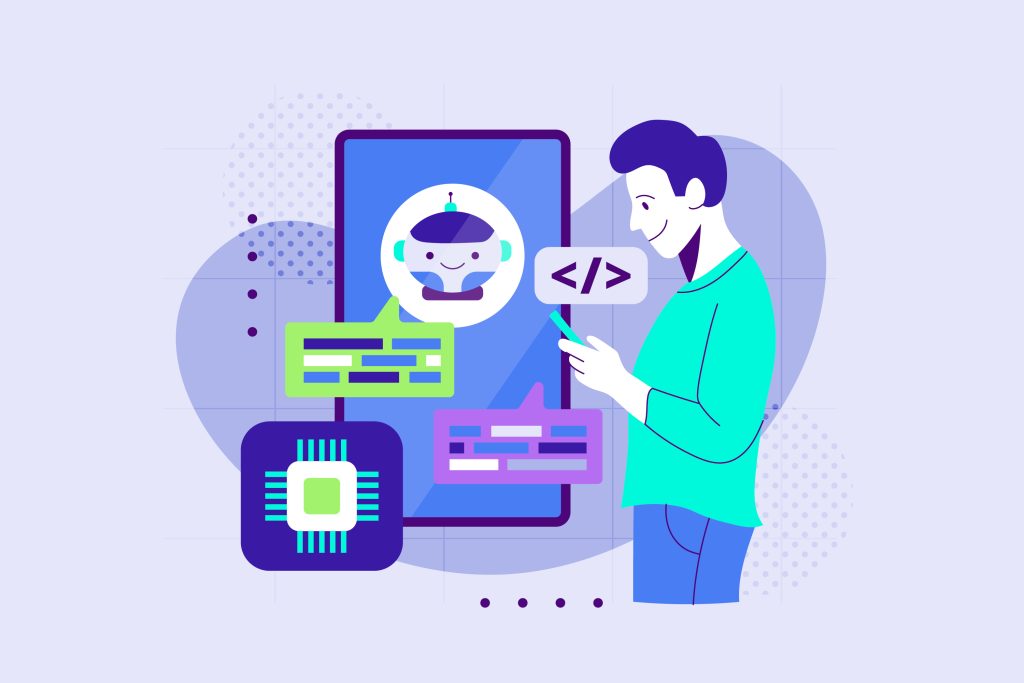Imagine a workplace where communication barriers are nearly nonexistent, and meetings, calls, and interviews are effortlessly transcribed into text with precise accuracy. AI transcription technology revolutionizes business communication by providing reliable, real-time transcription services that enhance workflow efficiency and accuracy. This game-changer allows you to focus on innovation rather than documentation, ensuring every word is captured correctly for easy reference. By integrating AI transcription, you streamline processes, save time, reduce administrative burdens, and empower your business to operate more smoothly and effectively, creating a more harmonious and productive work environment.
Contents
Unlocking the Potential of AI Transcription
AI transcription has evolved significantly, offering businesses improved efficiency and accuracy. From its early stages to future advancements, AI continues to transform how companies handle communication.
Historical Evolution
Early transcription methods relied on manual labor, which was time-consuming and often error-prone. The introduction of digital recording improved storage capacity, but human transcription remained essential. In the late 20th century, speech recognition technology emerged, primarily serving niche markets.
By the early 2000s, advancements in machine learning made automatic transcription more viable. These initial AI efforts often struggled with complex accents or noisy environments. Over time, improvements in natural language processing have paved the way for today’s highly accurate AI transcription services.
Current Technologies
Modern AI transcription services, such as AI transcription tools like Clipto, utilize deep learning algorithms to convert speech to text with impressive accuracy. These technologies can handle a variety of accents, dialects, and even background noise. Some systems also integrate with existing business software, making them seamless additions to your workflow.
Many services offer features such as real-time transcription, speaker identification, and language translation capabilities. The use of large datasets for training models ensures that the technology keeps improving. Businesses can rely on these tools for meetings, customer support, and more, significantly enhancing communication strategies.
Future Projections
Looking ahead, AI transcription technology promises faster and more accurate results. Future advancements may include better contextual understanding and emotion detection. Integration with augmented reality and virtual assistants could make transcriptions even more versatile.
You can also expect enhanced privacy features, ensuring that sensitive information remains secure. As AI continues to learn and adapt, businesses will find even more innovative applications for transcription services. The potential for growth and improvement in this field is substantial, shaping the future of business communication.
Strategic Advantages for Businesses
AI transcription technology offers significant benefits for businesses, including cost savings, enhanced time management, better accessibility for all employees, and the integration of valuable data analytics.
Cost Savings
By adopting AI transcription services, businesses can reduce expenses related to manual transcription. These costs include salaries for in-house transcriptionists or fees paid to third-party firms. Additionally, AI tools typically require a one-time or subscription-based investment that is much lower than ongoing human labor costs.
Automated transcription also minimizes errors, which can lead to costly mistakes and misunderstandings in business communications. High accuracy levels ensure that financial and legal documents, meeting notes, and client communications are reliably captured, saving potential rectification costs.
Time Management
AI transcription allows for real-time conversion of speech to text, significantly speeding up workflows. This technology enables employees to receive instant transcripts of meetings, interviews, or brainstorming sessions, which can be reviewed and shared immediately.
Time once spent transcribing notes manually can now be directed towards more strategic tasks. This efficiency not only accelerates project timelines but also enhances productivity, as employees can focus on key business activities rather than administrative duties.
Improved Accessibility
AI transcription improves accessibility by providing text versions of spoken content, which benefits employees with hearing impairments. Additionally, it supports non-native speakers by offering clear, written material that can be more easily understood and referenced.
Transcripts can be automatically translated into multiple languages, fostering better communication in international teams. The ease of having searchable text makes it simpler for everyone to find and reference necessary information, promoting a more inclusive workplace environment.
Data Analytics Integration
Transcripts generated through AI can be seamlessly integrated with data analytics tools. This allows businesses to analyze conversations, meetings, and customer interactions to gain insights into trends, sentiments, and opportunities.
By leveraging these insights, companies can make informed decisions that enhance customer satisfaction, improve products and services, and identify potential market gaps. The ability to track and measure communication patterns can also aid in employee training and development, optimizing business processes overall.
Overcoming AI Transcription Challenges
AI transcription tools are becoming essential in business communication, but several challenges must be addressed for optimal performance. Key areas to focus on include privacy, accuracy, and managing various accents and dialects.
Ensuring Privacy
Protecting sensitive information is crucial. You need transcription services that offer robust data encryption to ensure your content remains secure. Choose providers that comply with industry standards like GDPR or CCPA.
Consider using tools with user authentication features to restrict access to authorized personnel only. Look for services that support secure storage and transfer of files. Always check for transparent privacy policies to understand how your data is handled.
Maintaining Accuracy
Accuracy in AI transcription can vary. To improve this, leverage advanced algorithms and continuous machine learning updates. Ensure the software supports specific industry terminology, which can significantly enhance transcription quality.
Regularly update your vocabulary lists and provide contextual information whenever possible. Accuracy improves significantly when the software is trained with diverse datasets, so opt for solutions that prioritize ongoing learning and updates.

Handling Accents and Dialects
Accents and dialects pose a challenge for many AI transcription tools. Select transcription services known for their proficiency in managing various accents. Using AI models trained on diverse dialects can also help to mitigate this issue.
Consider tools that allow you to customize language models or that offer different models for distinct regions or accents. Providing context and specific examples can further aid the transcription tool in accurately capturing the spoken words.
Implementing AI Transcription in Communication Streams
Integrating AI transcription into business workflows can streamline communication. To start, assess your company’s specific needs. Identify key areas where accurate transcription can enhance efficiency and clarity.
Next, choose the right AI transcription tool. Look for features like real-time transcription, multi-language support, and integration capabilities. It’s crucial to select a service that fits smoothly with your existing platforms.
Consider a phased implementation. Start with one team or department. Gradually expand once the tool proves effective. This approach minimizes disruption and helps gather feedback for improvements.
Training is another vital aspect. Ensure your team understands how to use the new tool effectively. Provide training sessions, resources, and continuous support. This fosters confidence and maximizes the tool’s benefits.
Monitor and evaluate the impact. Use metrics such as time saved, accuracy rates, and employee satisfaction. Regular reviews help in tweaking the system for better performance.
Example Table:
| Metrics | Before AI Transcription | After AI Transcription |
|---|---|---|
| Time Saved | 15 mins per meeting | 40 mins per meeting |
| Accuracy Rate | 85% | 98% |
| Employee Satisfaction | Moderately satisfied | Highly satisfied |
Incorporating AI transcription in communication streams transforms business operations effectively. By following structured steps, you can seamlessly enhance communication efficiency in your organization. Remember to continuously adapt and refine the process for the best results.
Conclusion
AI transcription is revolutionizing business communication by enhancing efficiency, accuracy, and accessibility. As we’ve seen, the technology has evolved significantly, offering modern solutions that seamlessly integrate with existing workflows. Businesses can benefit from cost savings, better time management, and the valuable insights gained from data analytics integration. While challenges such as privacy and handling various accents remain, selecting the right tools and continuously refining processes can mitigate these issues. By embracing AI transcription, companies can create a more productive, inclusive, and innovative work environment, positioning themselves for future success in an increasingly digital world.

Andrej Fedek is the creator and the one-person owner of two blogs: InterCool Studio and CareersMomentum. As an experienced marketer, he is driven by turning leads into customers with White Hat SEO techniques. Besides being a boss, he is a real team player with a great sense of equality.
